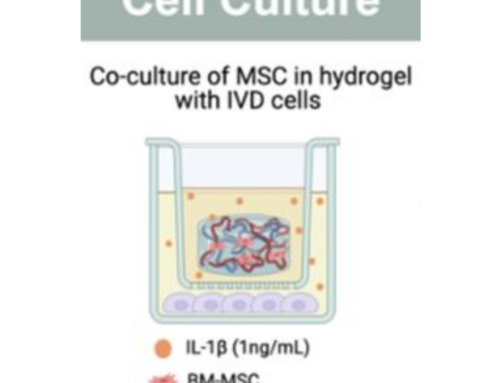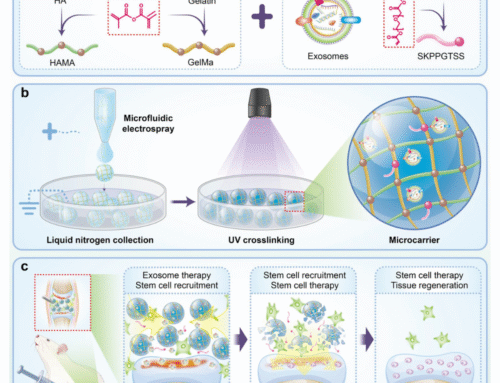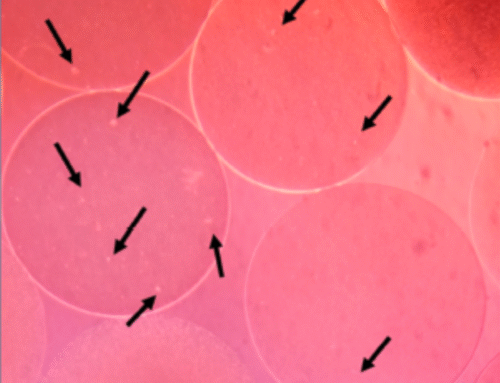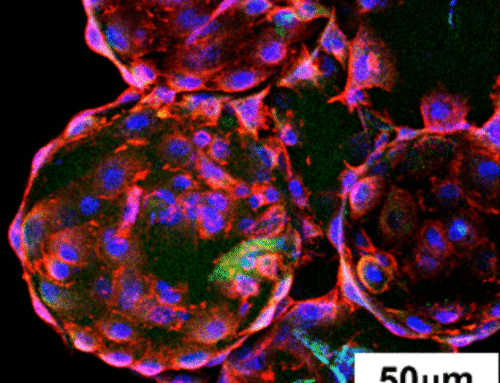A recent review publication has shed light on the monumental potential of functional polymer surfaces in steering cell behavior, marking a significant advancement in the realms of biomedical engineering, tissue engineering, and cell-based assays. This paper, freely accessible online, delves into the critical role artificial extracellular matrices (ECMs) play in emulating natural processes to control cell functions such as adhesion, orientation, migration, and differentiation.
Nature’s ECM provides more than mechanical support; it profoundly influences cell metabolism, movement, and transport processes. Mirroring this complexity, functional polymer surfaces stand out for their excellent mechanical properties, chemical versatility, and ability to form varied topographical features, positioning them as ideal candidates for artificial ECMs.
The review emphasizes that the surface chemistry, mechanical properties, and topography of functional polymers are paramount in effectively directing cell behaviors. Through detailed examination, it explores the different methods of fabricating these polymer surfaces and discusses the critical need for ongoing research to fully understand the interactions between cells and their synthetic environments.
As the publication looks ahead, it identifies the development of polymer surfaces with precise chemical, topographical, and mechanical cues as an emerging trend crucial for advancements in cell biology, regenerative medicine, and beyond. Despite the progress, the exact dynamics of cell behaviors on ECM remain largely uncharted due to the complex nature of ECM environments and the diversity among cell types. This calls for a significant, continuous effort in the study and application of biomimetic polymer surfaces.
The paper outlines both the strides made and the hurdles faced in the quest to create more sophisticated 2D and 3D structured polymer surfaces. It points out the limitations of current fabrication technologies and the necessity for innovation, particularly for achieving advanced 3D structures that more accurately mimic real ECM for 3D cell culture applications.
In conclusion, the review sets a forward-looking agenda for the field, advocating for more research into cell alignment, migration, and differentiation. It underscores the need for a detailed understanding of cell behavior alongside advancements in chemical synthesis and fabrication technologies. This holistic approach is essential for the rational design of artificial polymer surfaces, heralding a new era in biomedical engineering and regenerative medicine.
Link to Article: 10.1016/j.mattod.2017.07.002















Leave A Comment